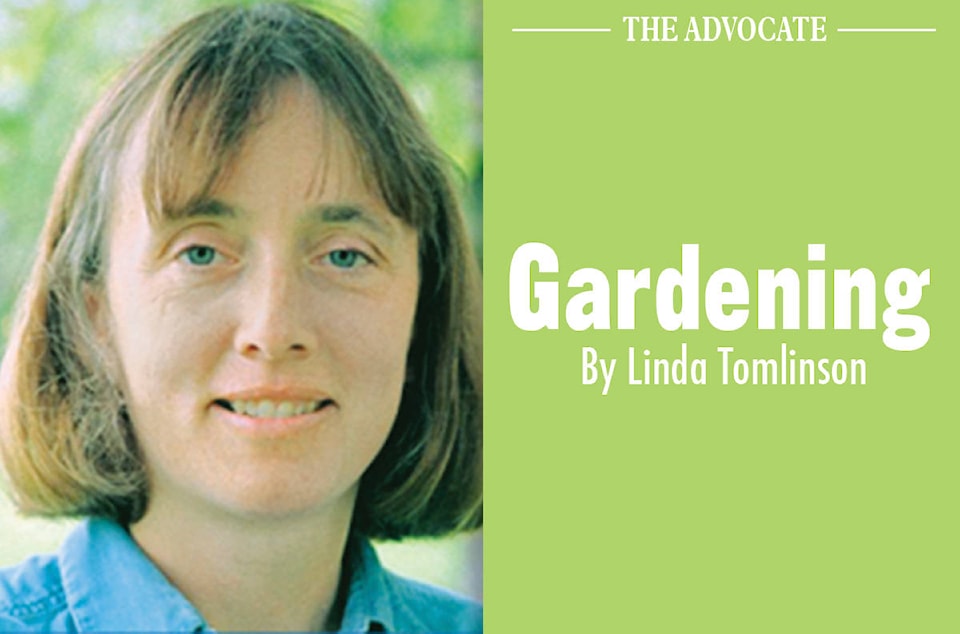Weather makes gardening in any location a challenge. Gardeners that don’t adapt to changing weather conditions often have poor results and don’t understand why.
September has been wet and colder than usual. Heavy snow fall on trees and shrubs that are still in leaf, can cause branches to bend and or break. It takes just a minute to put on a coat with the hood up and shake or sweep off trees and shrubs. The longer the snow is allowed to weigh a branch down the less likely the plant is to revert to the original position.
Broken branches should be cut back to the nearest branch, trunk or ground. When stumps are left, it dies and the tree cannot form a callas over the area to heal. The open wound will allow in moisture, insects and diseases. Pruning paint will not keep the area closed. Research has shown that using pruning paint will not benefit the tree or shrub.
Pay attention to trees that continue to lean long after the snow has melted. Look at the ground around the tree. If there is a new bump in the soil in the opposite direction the plant is leaning, chances are that one of the anchor roots broke under the strain of the heavy snow. Small trees can be staked but large ones are likely to fall in a strong wind or the next heavy snow fall regardless of being staked. In this case it is best to remove the tree before it does permanent damage.
Snow at this time of year is wet. It replenishes the water levels in the soil which will be needed next spring. Unless there is a warm spell it will be muddy digging out root vegetables. They will need to be washed before storing for the winter.
While carrots, beets, turnip and parsnips are always rinsed to remove soil, potatoes are not. Most years potatoes are dug, allowed to dry in the sun for a few hours and excess soil is brushed off. If vegetables are brought inside to dry, place a tarp between them and the cement.
Tender corms and tubers should be brought inside when the tops have frozen down. Dig gladiolas and allow them to dry until the roots and tops fall off when pulled or pried. Discard corms that are damaged or diseased. Place the healthy corms in a mesh container in a cool, dry area.
According to the American Begonia Society, begonia tubers are dry enough to store when the roots and stem break off easily. They are then to be placed in individual paper bags and stored in a cardboard box and placed in a dark, cool area.
Dahlia tubers tend to store well if covered in a medium that will wick away excess moisture and provide moisture if needed. Coarse vermiculite, woodchips or sand is recommended by the American Dahlia Society. Place tubers in an area that is just above freezing.
Working the soil in the fall brings insects and eggs that have been deposited for the winter to the surface causing them to die. It is also useful when incorporating organic matter into the soil.
On the downside, working the soil disturbs the microorganisms and can break down the soil structure.
At present time, the soil is wet and should be worked and walked on as little as possible. Wet soil compressed when any pressure is applied. This includes digging, walking, cultivating or moving over it with heavy equipment. Compressed soil forms hard lumps similar to cement making too hard for roots to penetrate. That being said it is up to individual gardeners as to what needs to be completed in the garden and when it is accomplished. There is no right or wrong in gardening, just different results.
Linda Tomlinson is a horticulturalist that lives near Rocky Mountain House. She can be reached at your_garden@hotmail.com
